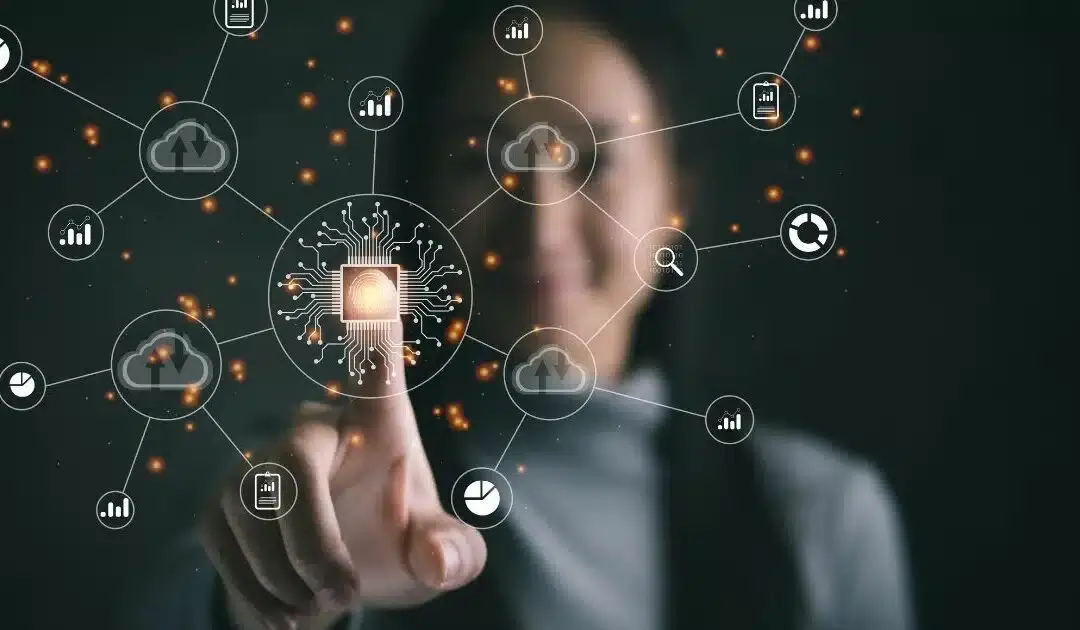The earth science community is making strides in understanding and preparing for megaquakes through advanced 3D simulations. These simulations are becoming increasingly sophisticated, offering unprecedented insights into the complex dynamics of these massive seismic events and helping to predict potential damage and protect vulnerable cities.
One significant advancement involves creating detailed 3D models that incorporate not only the fault geometry but also the surrounding Earth structure. This approach allows researchers to capture the intricate behavior of megaquakes, such as the "doublet" quake, exemplified by the devastating 2023 Türkiye earthquake. This quake consisted of two major ruptures in quick succession, and the 3D simulations have been crucial in understanding how such unusual seismic activity can wreak havoc.
These models use real-world data from past earthquakes to calibrate and validate their accuracy. For instance, data from the 2023 Türkiye earthquake has been instrumental in refining simulations to better understand the intense ground shaking that occurs during these events. This level of detail allows for improved seismic hazard assessments and more effective strategies for mitigating the impact of future earthquakes. The combination of 3D fault geometry and 3D Earth structure models makes the simulations more realistic and explains a wide set of observations, including complex patterns of ground shaking that can lead to increased damage and casualties.
The computational power required for these simulations is immense. Researchers often rely on supercomputers to run complex models that can take days or even weeks to complete. These simulations generate massive amounts of data, providing detailed estimates of ground shaking and potential damage scenarios. The ability to model various earthquake scenarios is crucial because the unique properties of each subduction zone mean that an M9.0 earthquake in one region may differ significantly from one in another.
The advancements in 3D megaquake simulations are not limited to modeling ground shaking. They also play a vital role in understanding and predicting tsunamis. By linking earthquake and tsunami models, scientists can create virtual laboratories to evaluate the influence of 3D earthquake dynamics on tsunami generation, propagation, and coastal inundation. These linked models can simulate how tsunamis arise from coseismic seafloor displacements generated by a dynamic earthquake rupture model.
Furthermore, researchers are exploring the potential of using these simulations to improve short-term earthquake forecasts. By analyzing foreshocks and other seismic events, scientists are developing models that can estimate the likelihood, timing, and magnitude of potential mainshocks. Recent research also focuses on the relationship between slow slip events and giant megathrust earthquakes, with the goal of improving forecasting and elucidating the underlying mechanisms behind these events.
The ultimate goal of these efforts is to enhance preparedness and resilience in the face of megaquakes. By providing more accurate predictions of ground shaking, tsunami inundation, and potential damage scenarios, these simulations can inform better urban planning, building codes, and emergency response strategies. These simulations can also help engineers design safer buildings and infrastructure, and aid policymakers in developing effective seismic hazard policies.

















